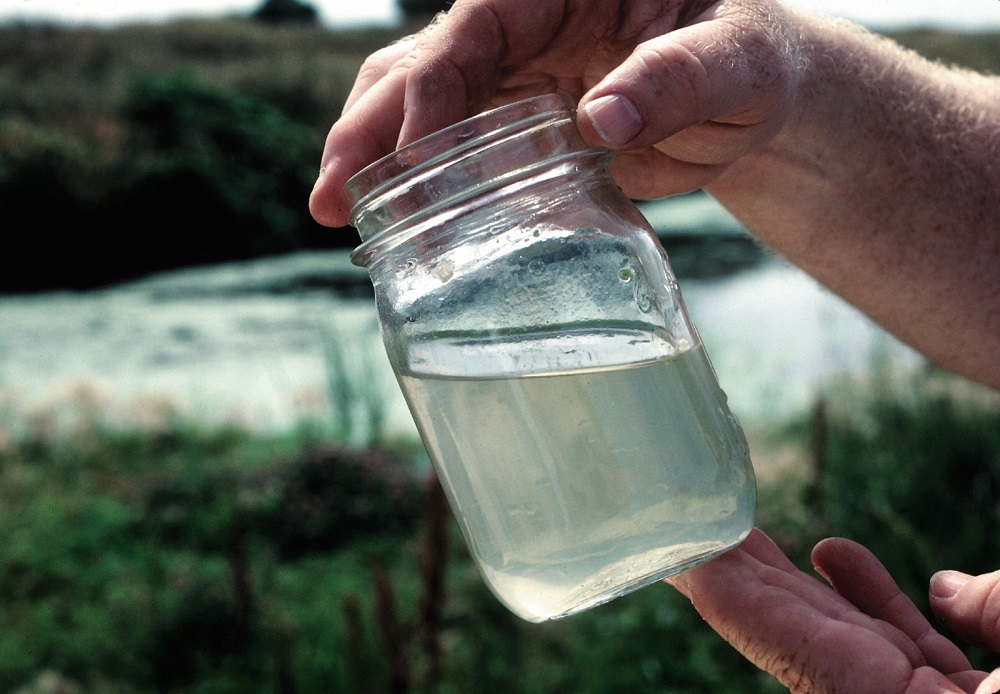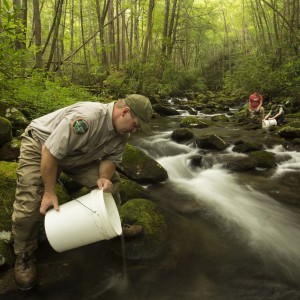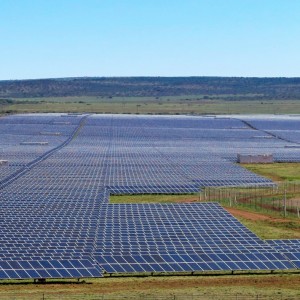By Codi Kozacek
Circle of Blue
So what might a Clean Water Act designed for the 21st century—one that addresses both legacy pollution and emerging problems—look like?
A meaningful way to address polluted runoff, so-called “nonpoint source” pollution, is arguably the law’s most glaring omission. The current approach, which relies on voluntary compliance, has not worked, according to the University of Alabama’s Andreen. Even the Total Maximum Daily Load (TMDL) program—which sets restrictions on the amount of nutrients flowing into a water body—leaves regulators with no stick to force nonpoint-source polluters to comply.
“Eventually, you end up with a horrible situation where you’re not complying with water quality standards, and the only choice is to make the point sources comply even more, or clean up their act even more at incredible cost, or to do more enforcement against the point sources,” Andreen told Circle of Blue. “In my view, the nonpoint community has to do their share, and one way to do it is to have a best management practice that is enforceable.”
An enforcement program for nonpoint source pollution could take form within the TMDL program and could be designed and run by the states with EPA oversight, Andreen said. The EPA could provide a menu of technology-based best management options that the states could choose from, and the states would then need to enforce compliance with the practices. The program would need federal funding to support farmers and other small-scale nonpoint polluters and give them time to comply with new regulations.
According to Andreen, the Clean Water Act could also be adapted to fit changing conditions by:
- Ensuring enough water stays in rivers and streams to support their biological functioning. “You have no water quality if you have no water, or so little water that nothing can survive in a healthy way, or not enough water that things can spawn the way they normally do in the spring,” he said. This could include funding for states to buy water rights for the environment, and for monitoring and research.
- Improving investments in water infrastructure, which is aging and serving a growing population. The process for choosing and approving projects should be public and transparent.
- Including more green infrastructure initiatives and improving efforts to monitor the performance of stormwater management plans.
- Addressing large, concentrated animal feeding operations (CAFOs) in a more meaningful way and closing loopholes.
- Taking out the word “navigable waters” in the Clean Water Act language and making it clear that the law covers the hydrological cycle from headwaters to tributaries to wetlands.
- Addressing climate change. “[Climate change] is creating an imperative, I think,” Andreen said. “Storms are going to get worse and more severe in places. More severe precipitation means more runoff, more stormwater. We shouldn’t just settle until things start going to heck in a hand basket. We need to start planning for it now.”
Reforming the Clean Water Act, however, is not on the table in Congress right now.
“Congress couldn’t have envisioned everything back in 1972,” Andreen said. “The act hasn’t been amended in a comprehensive way since 1987. It’s been an absurd period of time not to have been fine-tuned and brought up to date.”
A news correspondent for Circle of Blue based out of Hawaii. She writes The Stream, Circle of Blue’s daily digest of international water news trends. Her interests include food security, ecology and the Great Lakes.
Contact Codi Kozacek





